“The good old days were never that good, believe me. The good new days are today, and better days are coming tomorrow. Our greatest songs are still unsung.”
Hubert Humphrey
“Why can’t we go back to the good old days when people knew how to behave?!” While I was raised in a loving family with wonderful parents, I often found my own vision, feelings, ideas and expressions dismissed.
Then, as now, the vast majority of parents believed it their duty to provide all the rules and incentives to children as well as dictate the “appropriate” thoughts, emotional reactions and behaviors. As a result, and despite much love and affection, I often felt buried under my parent’s good intentions as they pressed upon me the “right” solutions for my life.
My tendency was to bend to their expectations while others responded by rebelling, resisting and behaving like victims; all costly choices. I believe this leadership style that starts in childhood in homes and schools and continues into adulthood at work, is at the heart of why Gallup polls found 55 percent of US workers disengaged, operating in mediocrity and 16 percent actively disengaged, sabotaging people and projects.
When I became a parent, I decided to create something different for my children; a home life in which each could receive love and structure to support confidence and care for others, while also nurturing each child’s individual self-expression. I wanted my children to be both good citizens and to blossom into their unique, authentic selves. As this shift was occurring within me, the same had been occurring all around me; reflected in the changing nature of our institutions.
Whether people make the connection or not, managing, motivating and evaluating others to induce good behavior no longer net the results they once did in homes, schools and workplaces. While some may be discouraged witnessing adults and children showing up with ever-greater emotional reactivity, rebellion and apathy, when understood, these symptoms are progress- the doorway to necessary and healthy cultural transformation. Some, threatened by these societal changes, increase their controlling ways asserting it’s crucial to get back to the good old days when people did what they were told “because I said so.” But, were the ‘good old days really so good?
Throughout history, whole segments of the population were oppressed, abused, neglected and excluded from equality and mutual respect. In the U.S., our legacy contains atrocious win/lose scenarios whereby many were denied the vote, their say, their dignity and relegated to positions of powerlessness and inferiority. Consequently, this has inspired anger, fear, hurt, resentment and retaliation. This personal and interpersonal upheaval is at the heart of such interventions as labor unions, regulatory boards and societal shifts such as the Civil Rights and Women’s Movements.
“I believe this leadership style that starts in childhood in homes and schools and continues into adulthood in the workplace, is at the heart of why 55% of people are disengaged and 16% of people are actively disengaged”
Due to the evolution of information technology connecting us to the entire global community, along with increases in education and the actual shift to greater equality for all, more adults and children recognize the abundance of diverse perspectives, options, purposes and contributions available to them. They sense and desire increased democracy and freedom, yet lack the personal responsibility and collaboration skills needed for functioning within them. What’s crucial from leaders is that each provide guidance in developing new competencies so those they lead are able to responsibly manage these changes.
Graceful transformation of our culture occurs when healthy social interest and intrinsic motivation are cultivated; when people align their actions with meaningful purposes and shift from passive compliance to proactive self-management. Every leader’s primary task, whether as a boss, teacher or parent, is one in which managing, motivating and evaluating others is replaced by effective transfer of responsibility to them as a top priority. As each becomes masterful in mentoring the values and behaviors that build trust and foster collaboration, they guide others to better manage themselves and their relationships. The shift then is from control-driven to responsibility-based leadership.
That’s what I did with my family, my business and my relationships. So can you. Here’s a few questions to determine your readiness to embark on this path:
- Am I committed to partnering with others?
- Is a responsibility-based culture a high enough priority to ensure I devote sufficient time and resources to bring it about?
- Will I give others ample opportunities to think about and discuss ideas and solutions together?
- Am I prepared to share power and control with children and adults?
- Am I committed to the ongoing personal growth and development I need to become more effective in my new role?
- And, most importantly, am I willing to let go of the illusory ‘good old’ days’ for the ”best of times?”




